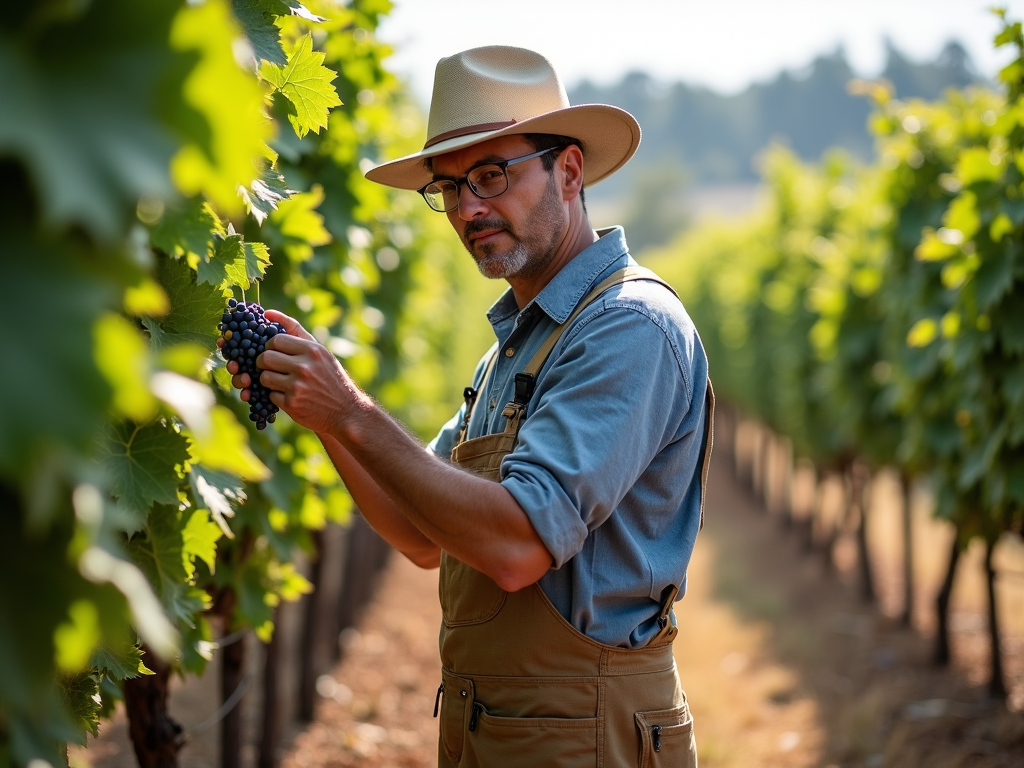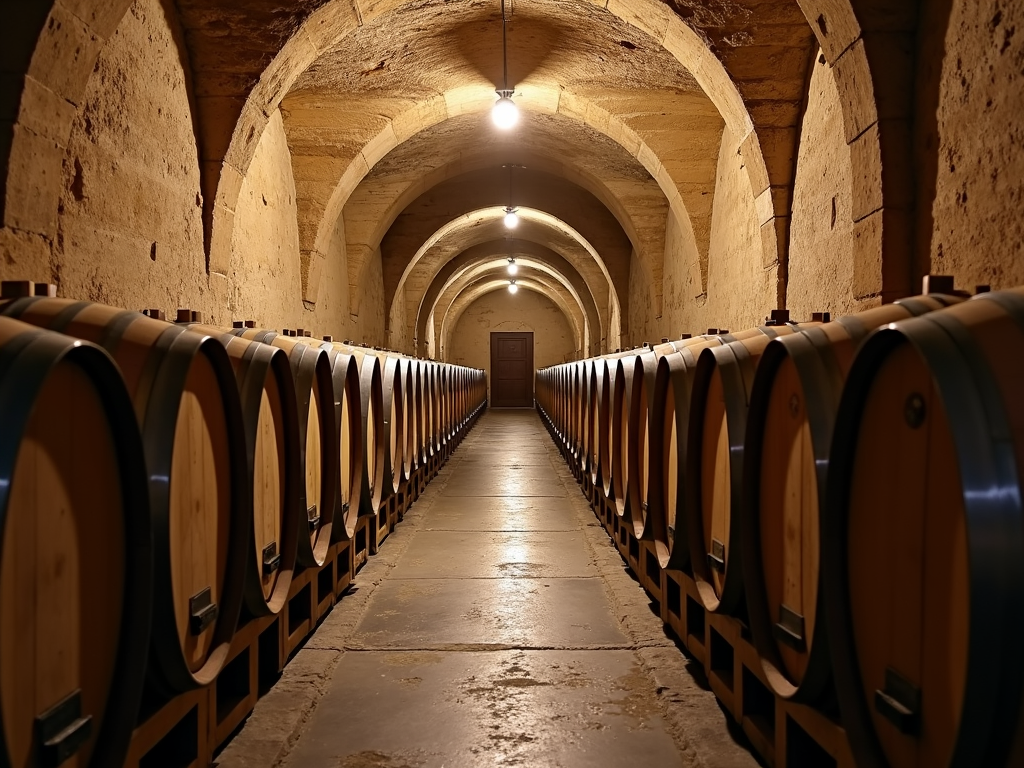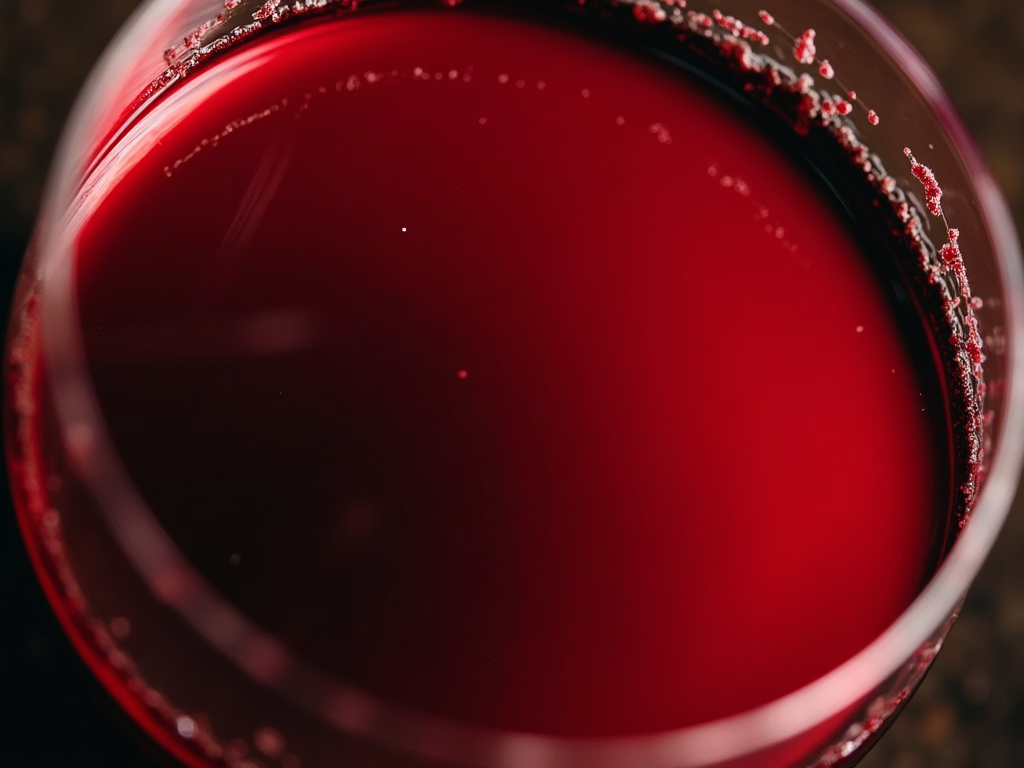The Best Wine Regions to Visit: A Journey Through the World of Wine
Overview
Discover the world's best wine regions, from the rolling hills of Tuscany to the sun-drenched vineyards of Napa Valley. This article takes you on a journey through the art of winemaking, exploring the concept of terroir and the growing importance of sustainability in the industry.
Introduction to Wine Regions
Wine regions are more than just places where grapes are grown—they are the heart and soul of winemaking. Each region has its own unique combination of climate, soil, and tradition, which together create wines that are truly one-of-a-kind. This is where the concept of terroir comes into play, a French term that encapsulates the idea that the land itself imparts a distinct character to the wine.

Top Wine Regions to Visit
Bordeaux, France
Bordeaux is synonymous with fine wine. Located in southwestern France, this region is home to some of the most prestigious wineries in the world. The wines here are primarily blends, with Cabernet Sauvignon and Merlot being the dominant grape varieties. The region's history dates back to Roman times, and its wines have been enjoyed by royalty and connoisseurs for centuries.
When I first visited Bordeaux, I was struck by the sheer beauty of the vineyards. The rolling hills, the meticulously tended grapevines, and the historic châteaux all contributed to a sense of timelessness and tradition. As I tasted a glass of rich, velvety Bordeaux red, I could almost taste the terroir—the unique combination of soil, climate, and human touch that makes each wine region so special.
Napa Valley, USA
Napa Valley, located in California, is one of the most famous wine regions in the United States. Known for its Cabernet Sauvignon, Chardonnay, and Merlot, Napa Valley offers a perfect blend of old-world charm and new-world innovation. The region is also a leader in sustainable winemaking practices.
At Jackson Family Wines, for example, sustainability is not just a buzzword—it's a way of life. "By embracing organic farming methods and reducing our environmental impact, we're not only producing better wines but also preserving the land for future generations," says a winemaker from the estate. This commitment to the environment is evident in every bottle.

Tuscany, Italy
Tuscany is a region that needs little introduction. Famous for its Chianti, Brunello di Montalcino, and Super Tuscans, this area of Italy is as picturesque as it is prolific. The wines here are known for their elegance and complexity, often reflecting the region's rich cultural heritage.
During a visit to a small, family-owned winery in Tuscany, I was invited to participate in the grape harvest. The experience was unforgettable—the smell of ripe grapes, the sound of laughter among the workers, and the taste of freshly pressed juice straight from the vine. It was a reminder that winemaking is not just a craft but a way of life.

Other Notable Regions
While Bordeaux, Napa Valley, and Tuscany are among the most famous, there are many other wine regions worth exploring:
- Rioja, Spain: Known for its Tempranillo-based wines, Rioja offers a taste of Spanish tradition.
- Marlborough, New Zealand: Famous for its crisp Sauvignon Blanc, this region is a must-visit for white wine lovers.
- Barossa Valley, Australia: Renowned for its bold Shiraz, Barossa Valley is a paradise for red wine enthusiasts.
Understanding Terroir
Terroir is the foundation of winemaking. It refers to the environmental conditions in which grapes are grown, including the soil, climate, topography, and even the local traditions. These factors combine to give each wine its unique flavor profile.
For example, the chalky soils of Champagne, France, contribute to the region's famous sparkling wines, while the volcanic soils of Sicily, Italy, produce wines with a distinct minerality. Understanding terroir is key to appreciating the diversity of wines from around the world.

Sustainability in Winemaking
As the wine industry grows, so does the need for sustainable practices. From organic farming to water conservation, wineries are increasingly adopting methods that protect the environment and ensure the longevity of their vineyards.
Jackson Family Wines is a prime example of this commitment. Their organic vineyards not only produce high-quality grapes but also promote biodiversity and soil health. "Sustainability is about more than just the environment—it's about creating a legacy for future generations," says a spokesperson for the winery.
Conclusion
Whether you're a seasoned wine connoisseur or a curious beginner, visiting the world's best wine regions is an experience like no other. From the historic vineyards of Bordeaux to the sustainable wineries of Napa Valley, each region offers a unique glimpse into the art and science of winemaking. So why not plan your next adventure and discover the magic of wine for yourself?
